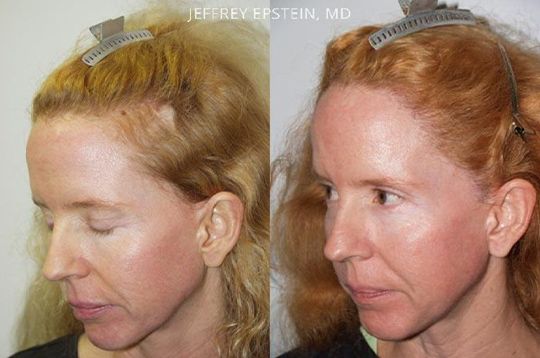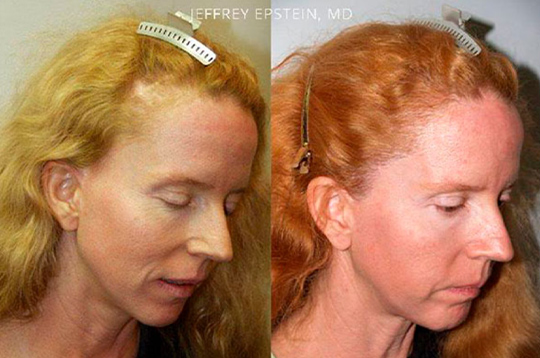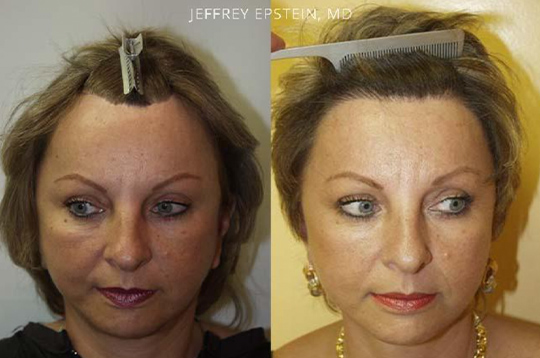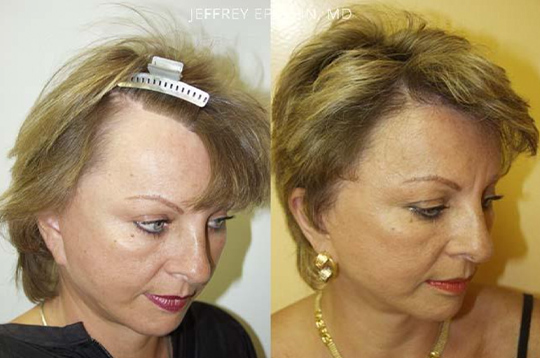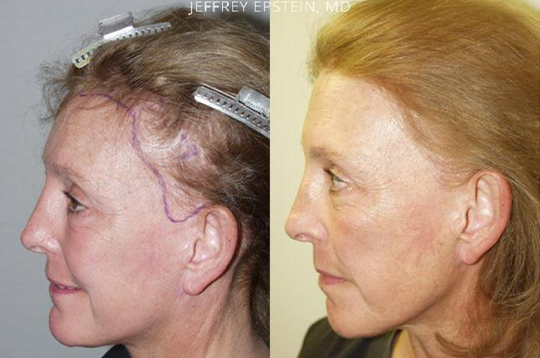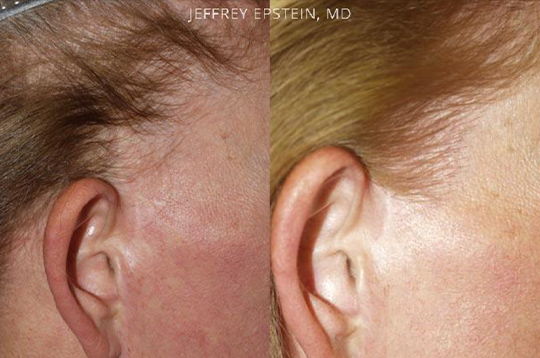As a result of prior facelift and browlift surgery, some patients are left with visible scarring and other signs of having had the surgery. This can include elevated hairlines, loss of sideburns, and scars within the scalp or along the temples and/or behind the ear.
Facelift Scar Repair
ACTUAL PATIENT
Visible Facial Scar Repair
As a facial plastic surgeon, Dr. J. Epstein has not only an appreciation and knowledge of how to avoid but then also treat these scars and other cosmetic problems, through a combination of procedures, most commonly hair grafting.
ACTUAL PATIENT
Contact Us Today
Start Your
Journey
Have questions? Reach out today
for answers and more information.
305.666.5884BOOK A CONSULTATION

